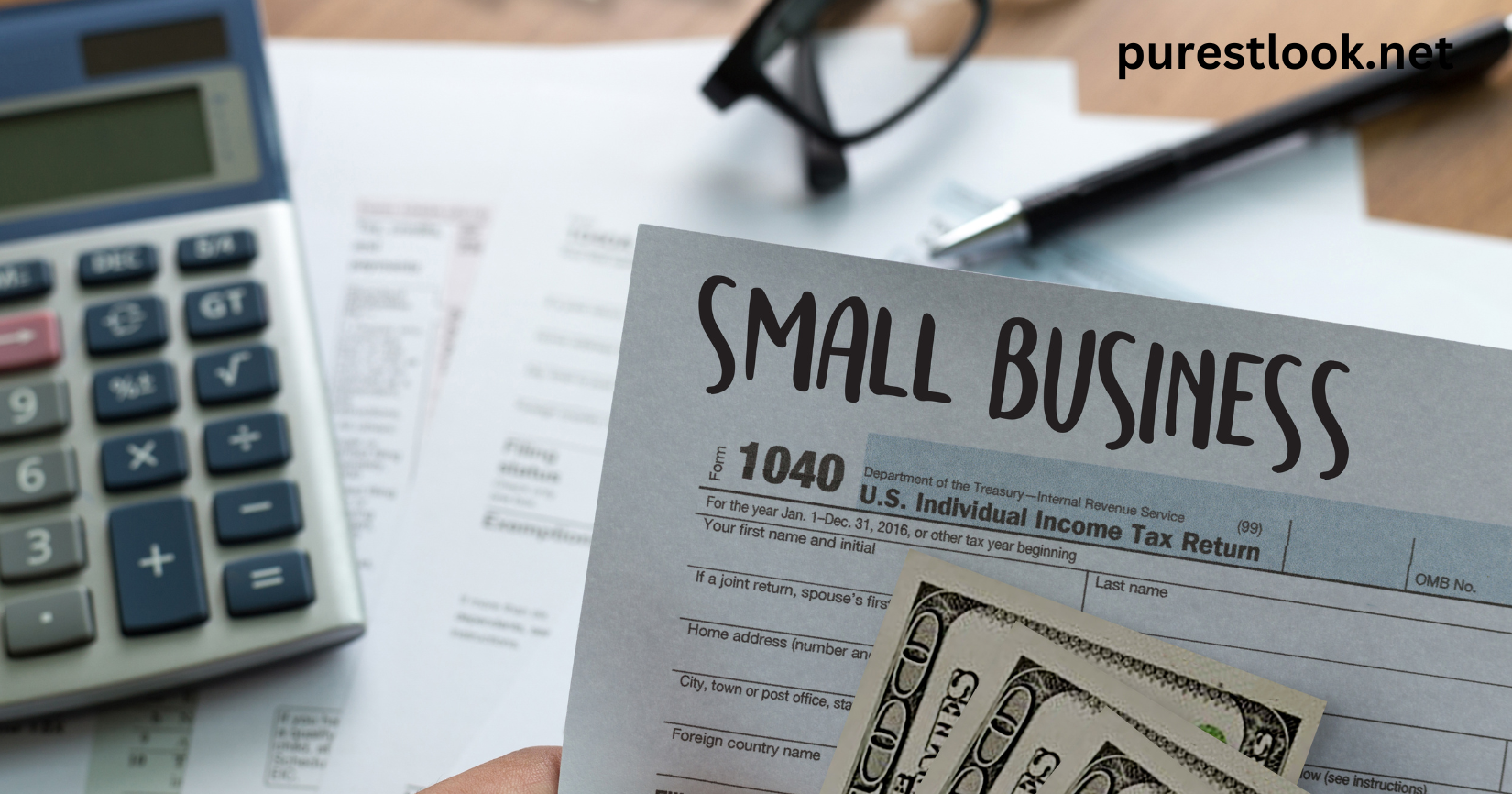Starting a small business can be one of the most rewarding ventures. With proper planning, dedication, and the right resources, you can turn your idea into a thriving enterprise. This article shed light on how to start a small business, covering each step in detail to help you succeed.
Step 1: Define Your Business Idea
Your business idea is the foundation of your venture.
Identifying Your Passion and Skills
- What are you good at?
- What do you enjoy doing?
Researching Market Demand
- Who is your target audience?
- Is there a need for your product or service?
Table: Business Idea Checklist
| Factor | Questions to Ask |
|---|---|
| Passion and Skills | What do I enjoy? What am I good at? |
| Market Demand | Is there a need for this product? |
| Competition | Who are my competitors? |
Step 2: Create a Business Plan
A solid business plan helps you stay organized and focused.
Key Components of a Business Plan
- Executive Summary: Brief overview of your business.
- Market Analysis: Research your industry and competitors.
- Financial Plan: Include budgets, forecasts, and funding requirements.
Table: Business Plan Components
| Section | Purpose |
|---|---|
| Executive Summary | Overview of business objectives |
| Market Analysis | Industry and competitor insights |
| Financial Plan | Budgeting and revenue forecasting |
Step 3: Choose a Business Structure
Selecting the right structure impacts taxes, liabilities, and operations.
Types of Business Structures
- Sole Proprietorship: Simple and low cost.
- Partnership: Shared ownership.
- Limited Liability Company (LLC): Combines simplicity with liability protection.
Table: Comparison of Business Structures
| Structure | Advantages | Disadvantages |
|---|---|---|
| Sole Proprietorship | Low cost, full control | Personal liability |
| Partnership | Shared responsibility | Shared profits |
| LLC | Liability protection, flexibility | Higher setup costs |
Step 4: Register Your Business
Legally registering your business ensures compliance with regulations.
Steps to Register Your Business
- Choose a unique business name.
- File for a federal and state tax ID.
- Obtain necessary licenses and permits.
Table: Business Registration Checklist
| Step | Description |
|---|---|
| Business Name | Choose a unique and memorable name |
| Tax IDs | Apply for federal and state tax IDs |
| Licenses and Permits | Research and obtain requirements |
Step 5: Secure Funding
Funding is critical to launching and sustaining your business.
Funding Options
- Personal Savings: Start with your own resources.
- Loans: Secure a business loan from banks or lenders.
- Investors: Partner with investors for capital.
Table: Pros and Cons of Funding Sources
| Source | Advantages | Disadvantages |
|---|---|---|
| Personal Savings | No debt | Limited resources |
| Loans | Access to large capital | Repayment obligations |
| Investors | Shared risk | Shared ownership |
Step 6: Build Your Brand
Your brand reflects your business identity.
Elements of a Strong Brand
- Logo and Visuals: Create a professional logo.
- Mission Statement: Define your purpose and values.
- Online Presence: Build a website and social media profiles.
Step 7: Launch and Market Your Business
Successful marketing connects you with your target audience.
Marketing Strategies
- Social Media Marketing: Engage with customers online.
- Email Campaigns: Send updates and offers directly to customers.
- Paid Advertising: Use online ads to reach a broader audience.
Table: Marketing Strategies for Small Businesses
| Strategy | Benefits |
|---|---|
| Social Media | Cost-effective, wide reach |
| Email Campaigns | Personalized, direct communication |
| Paid Advertising | Targeted exposure |
Conclusion
Starting a small business is a rewarding journey that requires careful planning, dedication, and strategic execution. By following these steps, you can create a strong foundation and set your venture on the path to success. Remember, every great business starts with a single idea, and with persistence, your small business can thrive.
Frequently Asked Questions
How do I start a small business with no money?
You can begin by offering services, using free online tools, and seeking grants or investors for initial funding.
What permits and licenses do I need?
This depends on your location and industry. Research local requirements to ensure compliance.
How can I market my small business on a budget?
Focus on free or low-cost strategies like social media, email campaigns, and word-of-mouth referrals.
What is the most common reason small businesses fail?
Poor financial management and lack of market demand are common causes of failure.
When should I hire employees for my small business?
Hire when your workload exceeds your capacity or when specific skills are needed.
